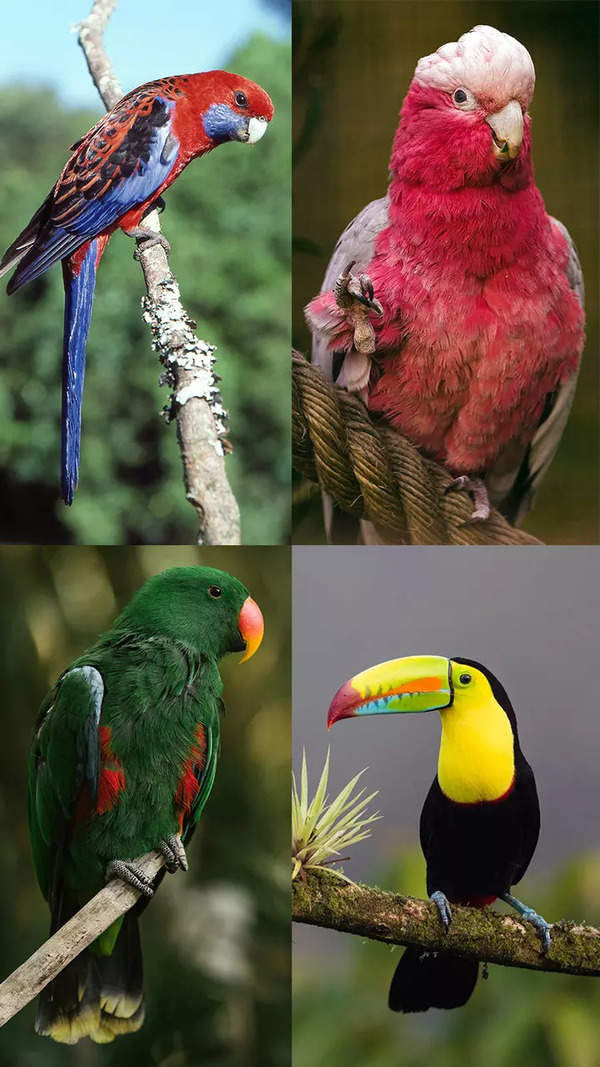- News
- India News
- JWST will explore formation of universe, study atmosphere of exoplanets
Trending
This story is from July 13, 2022
JWST will explore formation of universe, study atmosphere of exoplanets

Launched on December 25, 2021, the massive telescope with 18 mirrors is a joint venture of Nasa, the European Space Agency and the Canadian Space Agency.

In an interaction with the Regional Science Centre at Bhopal, Hasan said the JWST is 10x100 times more powerful than the Hubble Space Telescope. “The size of Hubble’s mirror was 2.4m, while that of the JWST is 6.4m,” Hasan, who has earlier worked at Tata Institute of Fundamental Research in Mumbai; had a stint at Pune University and did her PhD from Oxford University, UK, said in an online YouTube meeting.
Following the launch of the Hubble Space Telescope in April 1990, Nasa felt the need for a more powerful space telescope. “After several discussions, it was decided to go for a telescope having infrared capabilities with big mirrors. Eventually, this led to the development of JWST,” Hasan said. Even the blind can experience the images as a Braille facility has been developed, she added.
The design and development of JWST proved an engineering challenge, because it had to be error-free since it is situated so far away that a service mission cannot be sent. “In case of Hubble, a space shuttle repair mission could be sent which is not the case with JWST,” Hasan explained. JWST has been positioned at a point known as L-2 and has to be kept extremely cold. For keeping it at freezing temperatures, it has a sun cover shaped like an umbrella.
Data from the telescope can be accessed by scientists across the globe, she said, adding: “It will inspire youngsters to think big and help them fulfil their dreams.”
End of Article
FOLLOW US ON SOCIAL MEDIA










